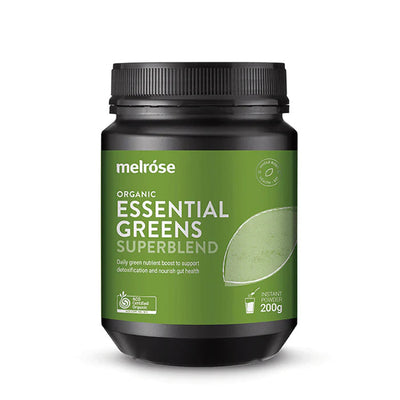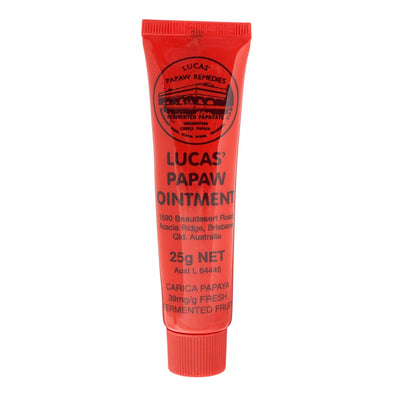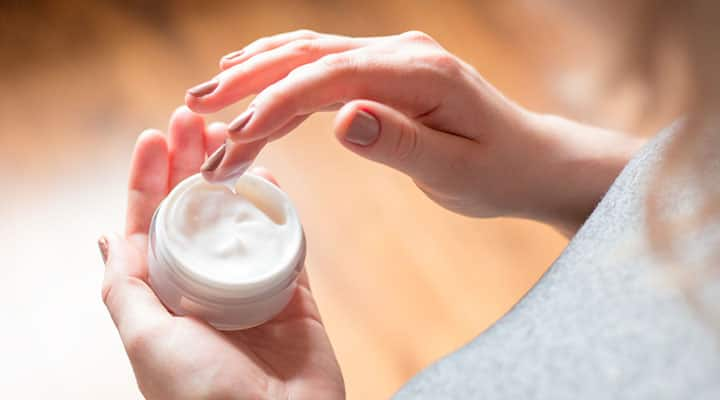Sun Damage, Treatment & Repair
There are a number of telltale signs that will alert you to the fact that your skin has suffered sun damage. All will happen in the immediate aftermath of sun exposure, and can also continue in the long run.
A UV photograph gives us a safe way to see how the sun damages our skin.
In the UV photos that appear above on the right hand side, you can see what hidden sun damage looks like. Compare these UV photos with the color photos on the left. You can see how much sun damage can accumulate with age. The first example is of a 37 year old the second is of a 64 year old and both shown extensive damage accumulated over a long period of time.
The more sun damage we accumulate, the greater our risk for developing skin cancer and prematurely aged skin.

Long term signs of sun damage
Often, sun damage will appear as melasma: a skin condition that causes discolored patches on the cheeks and chin. It usually indicates that an area has been exposed to sun consistently for a long period of time. Melasma is caused when skin cells overproduce melanin, and is a response to consistent UV exposure. Think of it like self-tanner gone wrong – blotchy, discolored, and uneven.
Next are dark spots and sun freckles, which generally can be slid under the umbrella term hyperpigmentation. Like melasma, hyperpigmentation is caused by uneven and inconsistent increases in melanin in various parts of skin that receive a great deal of sun exposure. Think the bridge of your nose, your chest, and the backs of your hands.
While freckling can be cute (and is certainly trending right now), it can be a really dangerous sign for skin types that aren’t naturally super prone to freckling.
Topical treatments for targeting damaged skin directly
Solidifying your preventive efforts against sun exposure and increasing your intake of nutrients that will help repair your skin from within are both good moves, but there's something gratifying about tackling a problem directly. Luckily, there is no shortage of creams, lotions and other topical remedies for the visible signs of aging, often targeted at specific concerns.
Skin care is an important part of any anti-aging regimen, and reversing sun damage on your face or elsewhere is a huge part of that. You may already have your own skin care routine. If not, this is the perfect time to start. The basics are the same: wash, moisturize, protect. But when targeting sun-damaged skin directly, you'll want to make sure you're using the right nutrients that often mimic and support the efforts of your internal nutrients and can help you reduce visible wrinkles and even out your skin tone.
Look for ingredients like palmitoyl tripeptide-5, which can help stimulate collagen production, acetyl hexapeptide-51 amide, which can help repair DNA, and Aspalathus linearis extract, which has antioxidant and anti-inflammatory properties.
If topical creams aren't quite up to the task, consider more advanced methods of reversing the signs of aging caused by sun damage. Some, like microdermabrasion, can be attempted either at home or with the help of a professional. Others, like laser resurfacing, will obviously require a visit with your dermatologist, where you can discuss your best options.
Can you get rid of sunburn quickly?
So, you're committed to preventing sun damage going forward, and you're loaded up with tactics for reversing sun damage and reclaiming your youthful skin glow, but none of that helps with your throbbing red shoulders and Rudolph like-red nose right now. So how do you treat the short-term effects of UV exposure: the dreaded sunburn?
Unfortunately, like the common cold, there's not much you can do to try to skip the natural healing process. It takes time, rest and hydration. Aloe vera is a popular option that can help keep peeling at bay by moisturizing your skin. You may also find relief from a cold compress or a cool bath. And while it might go without saying, just in case: stay out of the sun as much as possible, and layer up when you have to go out.
Follow these steps, and you're well on your way to properly enjoying summer while mitigating the risks. So (gingerly) pat yourself on the back. And next time, don't forget the sunscreen.













Leave a comment